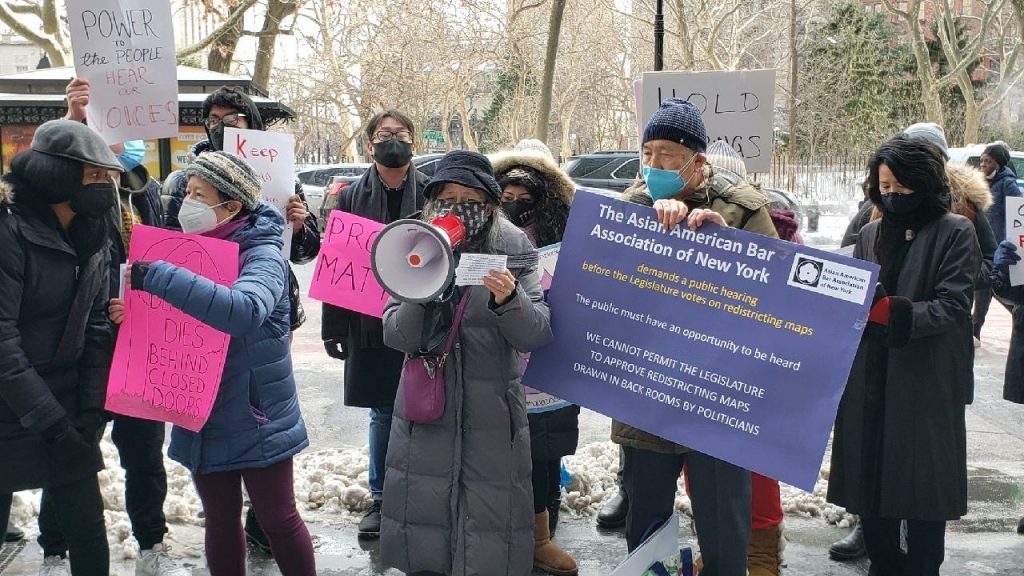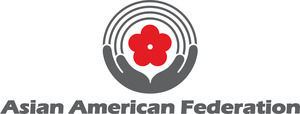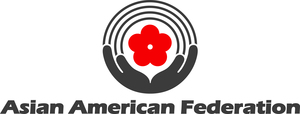
AABANY has been closely following the current redistricting cycle for drawing of New York State Assembly, Senate and Congressional districts. On January 31, 2022, AABANY members Marilyn Go and Rocky Chin joined approximately 50 other demonstrators assembled outside the offices of the New York State Legislative Task Force on Demographic Research and Reapportionment (LATFOR) to demand that public hearings be held before any vote by the State Legislature on redistricting maps for Assembly, Senate and Congressional districts. The rally, which was organized by APA VOICE Redistricting Task Force (“APA VOICE”), was supported by various Asian American and Pacific Islander (AAPI) and other minority community and civil rights groups, including AALDEF, Caribbean Equality Project, Center for Law and Social Justice at Medgar Evers College, Chinese-American Planning Council, Chinese Progressive Association, Common Cause – NY, Korean Community Services of Metropolitan NY, Latino Justice PRLDEF, MinKwon Center for Community Action, OCA-NY, South Queens Women’s March, and Westchester Black Women’s Political Caucus.
The speakers at the rally expressed concern that AAPI and other minority groups would have no input into the redistricting process. As Marilyn Go noted, the New York State Constitution contemplated that the Independent Redistricting Commission (IRC) would have the primary responsibility to draw new redistricting maps, but only after extensive public hearings. However, due to a partisan split with commissioners deadlocked, the IRC submitted two sets of redistricting maps to the Legislature on January 3, 2022 and, notwithstanding a directive from the Legislature, did not redraw maps by the January 25th deadline set. The following day, Assembly Speaker Carl Heastie and Senate Leader Andrea Stewart-Cousins issued a joint statement to announce that the Legislature would draw its own maps and vote on the maps by the end of the following week.
At the time of the rally, LATFOR had neither issued any maps nor scheduled any hearings, despite three letters sent by APA VOICE, the last letter of which AABANY and about 60 other organizations had endorsed. Later on January 31, the Legislature issued a set of redistricting maps for proposed Congressional districts and maps for Assembly and Senate districts the following day. The Legislature then proceeded to vote to approve maps on the third day after their issuance and Governor Hochul signed the bill setting Congressional districts on February 1, 2022 and State Senate and Assembly districts on February 2, 2022.
Current redistricting efforts are of particular significance to the AAPI community in New York, because of the substantial growth of the AAPI population since the last census — from 1,038,388 in 2010 to 1,385,144 in 2020. The increase in the number of AAPIs accounted for 42.1% of the population growth in New York State and the AAPI community now constitutes 15.8% of the population in New York City and 9.5% in New York State. See https://data.census.gov/cedsci/table?q=New%20York%20State%20population%202010&tid=DECENNIALCD1132010.P1.
Despite their increasing numbers, few AAPIs have been elected to state office in New York State. There are only three AAPI State Senators out of 63 in New York Senate (Senators Jeremy Cooney, John Liu and Kevin Thomas, the latter two being the first AAPIs elected Senators in 2018) and four AAPI Assembly Members serving in the 150-person State Assembly (Assembly Members Ron Kim, Zohran Mamdani, Yuh- Line Niou and Jennifer Rajkumar). Congresswoman Grace Meng became the first AAPI representative from New York to serve in Congress when she was elected in 2013.
Although the redistricting maps will set political boundaries for voters for the next decade, the New York State legislature drew and approved map lines in one week. The experience in New York, as well as what has been reported as occurring in many other states, have led to much cynicism about the politicization of redistricting in this current cycle. However, voters do matter and the redistricting process is vital for groups such as AAPIs and other groups that lack political clout. In fact, AAPI groups were among the most vocal in hearings before the IRC to express their dissatisfaction over proposed lines. Even though they ultimately did not have a say in the final drawing of districts, AAPIs let their concerns be known. For example, community groups advocated for the vibrant South Asian community in the Richmond Hill/South Ozone park area not be divided into seven different Assembly districts, as it is currently. The IRC drew districts similar to that proposed by APA VOICE and other groups in a Unity Map to have this community wholly within one assembly district. However, under the bills passed, this community is now divided into three assembly districts. Much remains to be done.
The redistricting process will soon begin for New York City. AAPIs have exercised and should again exercise their opportunity to inform politicians that they are involved and their interests cannot be ignored. If you want to know how you can work with AABANY on this issue, reach out to the Issues Committee here: https://www.aabany.org/page/154



